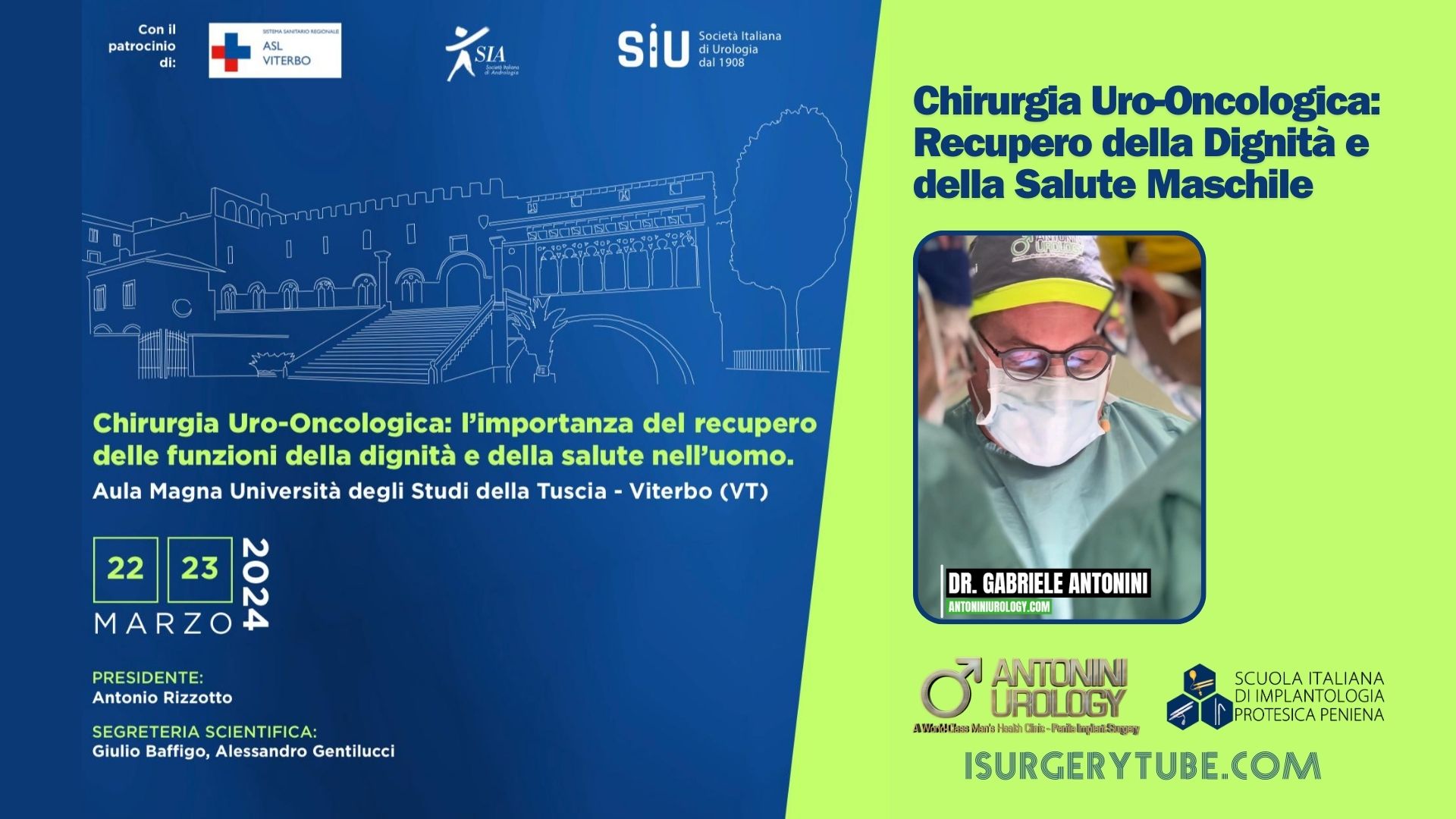Uro-Oncological Surgery: Restoring Male Dignity and Health
 In the evocative setting of the Aula Magna at the University of Tuscia in Viterbo, an important congress on Uro-Oncological Surgery was recently held. Led by chief urologist Antonio Rizzotto, the congress placed a spotlight on the importance of restoring the functions of dignity and health in men.
In the evocative setting of the Aula Magna at the University of Tuscia in Viterbo, an important congress on Uro-Oncological Surgery was recently held. Led by chief urologist Antonio Rizzotto, the congress placed a spotlight on the importance of restoring the functions of dignity and health in men.
One of the most significant moments was the intervention of Dr. Gabriele Antonini, a renowned urologist, who performed a complex live surgery: the implantation of a three-component hydraulic penile prosthesis. This intervention highlighted not only the advanced surgical techniques available but also the importance of restoring the quality of life for patients affected by urological conditions.
The rationale of the congress focused on safeguarding men’s health, considering men as the true “weaker sex” within the context of the National Health Service. While screening programs for other forms of cancer are established, attention towards prostate cancer still requires more urgency and support.
Another critical point raised was the gender disparity in the pharmacological treatment of bladder dysfunctions. Although bladder medications are essential for improving quality of life, it is concerning that they are all classified under Category C, limiting access and raising the need to advocate for their reclassification under Category A.
Furthermore, while prosthetic aids for breast cancer are widely available, those needed to address incontinence and erectile dysfunction in men after oncological surgery are not yet included in the Essential Levels of Assistance (ELA).
The congress provided a fundamental opportunity to take stock of recent advancements in urological surgery, aiming to further reduce the “price of healing.” The live surgery session highlighted the systematization of prosthetic interventions and the adoption of cutting-edge pharmacological, prosthetic, and surgical treatments for benign prostatic hyperplasia.
Active participation and dialogue between the urological community, patient associations, and institutions enriched the discussion, outlining new perspectives to improve the quality of life for men affected by urological conditions.